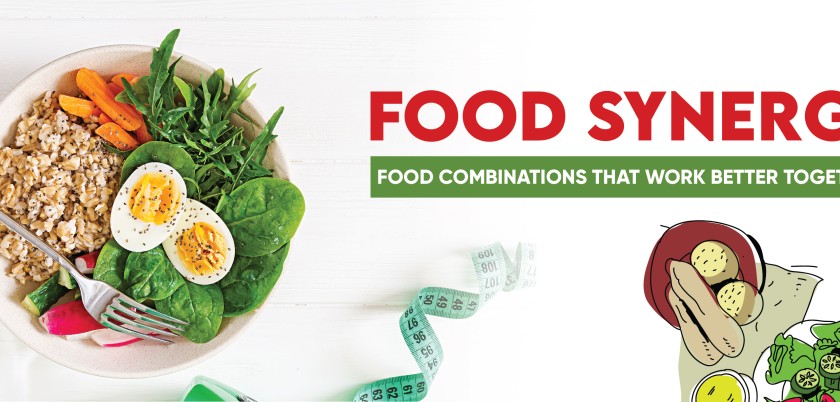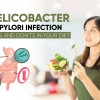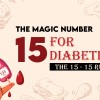
Food synergy: Food combinations that work better together
We all have a list of foods that we love eating together. But there are certain foods whose combination is recommended by science. There are a few evidence backed food combinations that can significantly affect the digestion and absorption of certain foods.
1. Spinach and dairy products - The dark green leafy vegetable spinach contains oxalate which is an anti-nutrient that binds with the dietary calcium to form an insoluble compound.
o Useful combo - Those individuals who are prone to developing kidney stones should take such combinations of oxalate containing foods and calcium rich dairy. Calcium and oxalate combine together in the gut lining, before entering the kidneys, thereby reducing the risk of kidney stones.
o Harmful combo - But for normal healthy individuals, this combination is not recommended because it reduces the absorption of calcium. So, if your dietary intake of calcium is less or you are recommended a high calcium diet such as in pregnancy and breastfeeding, this combination should be avoided. Examples include palak paneer or spinach yoghurt smoothie.
o Carrots and fat - This dark orange or red coloured vegetable is a storehouse of carotenoids. These are basically the pigmented phytonutrients which possess various health benefits such as improved vision, cancer protection, prevention from cardiovascular diseases etc. Body converts the carotenoids into Vitamin A in the body and being a fat-soluble vitamin, it needs fat along for better absorption. So, for better absorption of carotenoids, rather than consuming carrots raw as salad, eat it with a fat dressing to avail maximum health benefits. Also, you can pair carrots with some heart healthy fat sources such as nuts, seeds, avocado and olive oil.
2. Citrus fruits and iron - Iron from food sources comes in two forms - heme iron from non-vegetarian sources and non-heme iron from plant sources. The absorption rate of non-heme iron is approximately 1-10 percent, which needs to be increased. To raise the bioavailability of non-heme iron, Sources of Vitamin C is an effective strategy. So combining the sources of vitamin C (citrus fruits, capsicum etc) with iron rich foods (spinach, beans etc) helps to decrease the ability of phytic acid to interfere with iron absorption.
3. Cereals and pulses - The combination of cereals with pulses ensures that the body get sufficient amount of protein from these sources. A combination of these two food groups such as dal and roti or dal and rice helps to maximise the protein intake. Pulses are deficient in one amino acid namely methionine but rich sources of lysine while cereals have high methionine and low lysine. So having this combination provides all the essential amino acids to the body.
4. Turmeric and black pepper - Turmeric is also called the golden spice which imparts yellow colour to the curries and has been used since ages for traditional medicine. Turmeric contains curcumin which possesses strong antioxidant, anti-inflammatory and anti-bacterial properties but it is not well absorbed in the body. While black pepper contains piperine and the main benefit of this compound is to increase the absorption of curcumin by up to 2000 percent.






